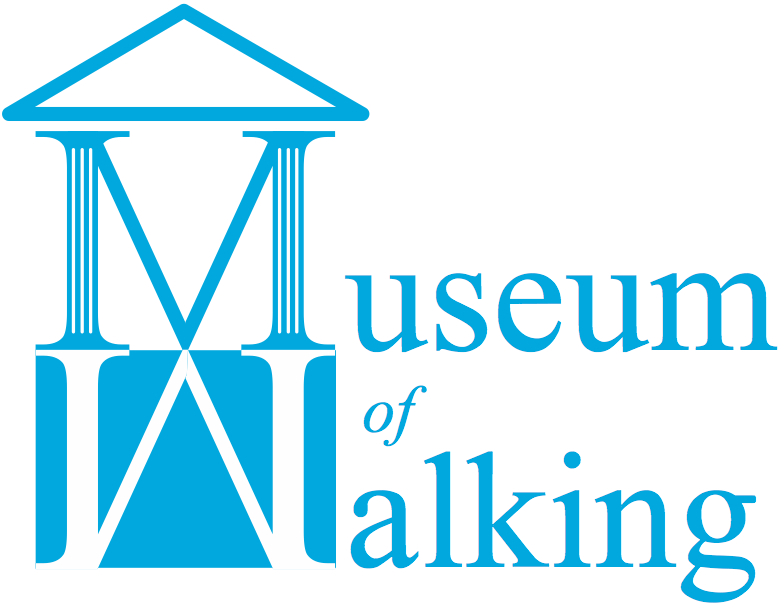As a finale to the Chelsea Garden Show Fringe Festival how about venturing to the Ruskin Theatre Garden in Croydon, to join East Dulwich artist Martin Fidler and Andrew Stuck, of Rethinking Cities on a Ruskin Walk at 3.00pm on Sunday 10 June? The Ruskin Theatre Garden is to be found on a development site right beside East Croydon station and it is being opened for the first time to the public. A rich rudial landscape has taken seed over the last 20 years, with 86 opportunistic species nested across the 3 acre site. Come to the first viewing and have a closer look!
Martin and Andrew will be facilitating the Ruskin Walk, in which participants get to explore the development site, investigating its habitats using the critical techniques devised by John Ruskin, famous as much for his botanical drawings, as well as his architectural critiques, and views on social housing.
Ruskin was a Victorian polymath, with interests in botany, natural history, art, architecture, and social reform. Perhaps more famously known as William Turner’s promoter, he was a distinguished artist in his own right, and played a pivotal role in bringing the pre-Raphaelites to fame and fortune.
Martin created a Ruskin Walk for the Camberwell Arts Festival in 2007, and since March last year has been working with Andrew Stuck devising a number of different Ruskin Walks. Their collaboration led to funding from the Curry Fund of the Geologists Association to develop four Ruskin Geology Walks, and they have also been commissioned by University College London’s Bartlett School of Planning.
If you cannot make the Ruskin Walk on Sunday 10 June, join Martin and Andrew on a Ruskin Walk in Camberwell starting at 6.15pm on Wednesday 11 July from Denmark Hill station – on line booking is essential.
There will also be a Ruskin Walk from Leighton House Museum in Holland Park at 6.00pm on Thursday 26 July as part of the InTRANSIT Art Festival.
Leighton House is one of the most remarkable buildings of the 19th century. The house was the former home and studio of the leading Victorian artist, Frederic, Lord Leighton (1830-1896) and it was extended and embellished over a period of 30 years to create a private palace of art. Leighton house became a focal point for the pre-Raphaelites and John Ruskin was one of its most public admirers.
This article first appeared on the Rethinking Cities website.
